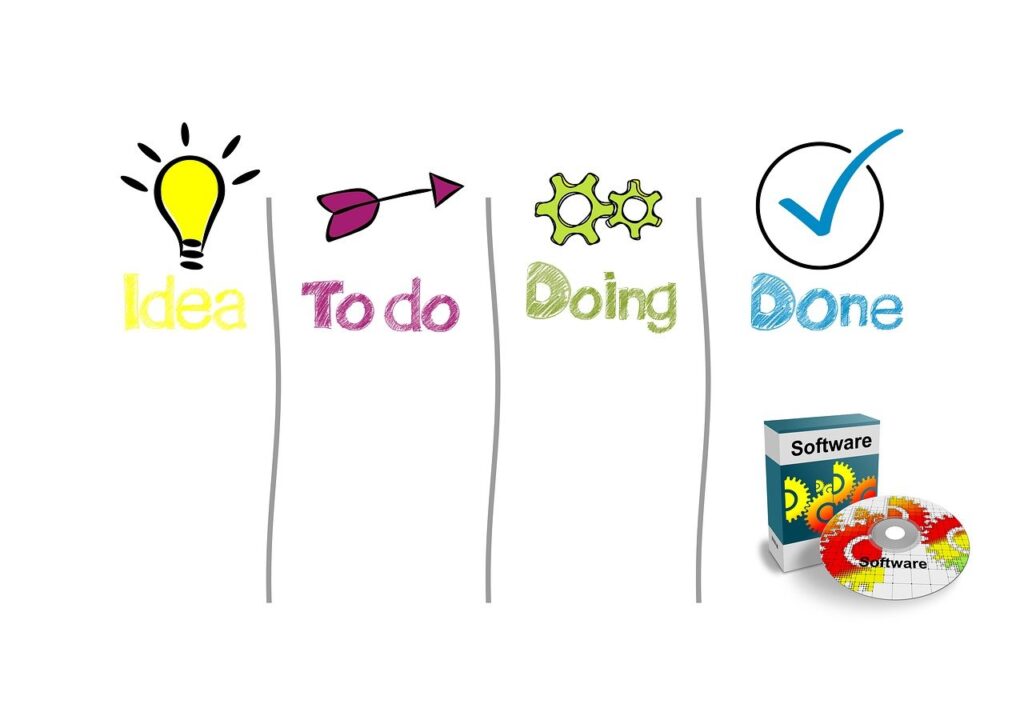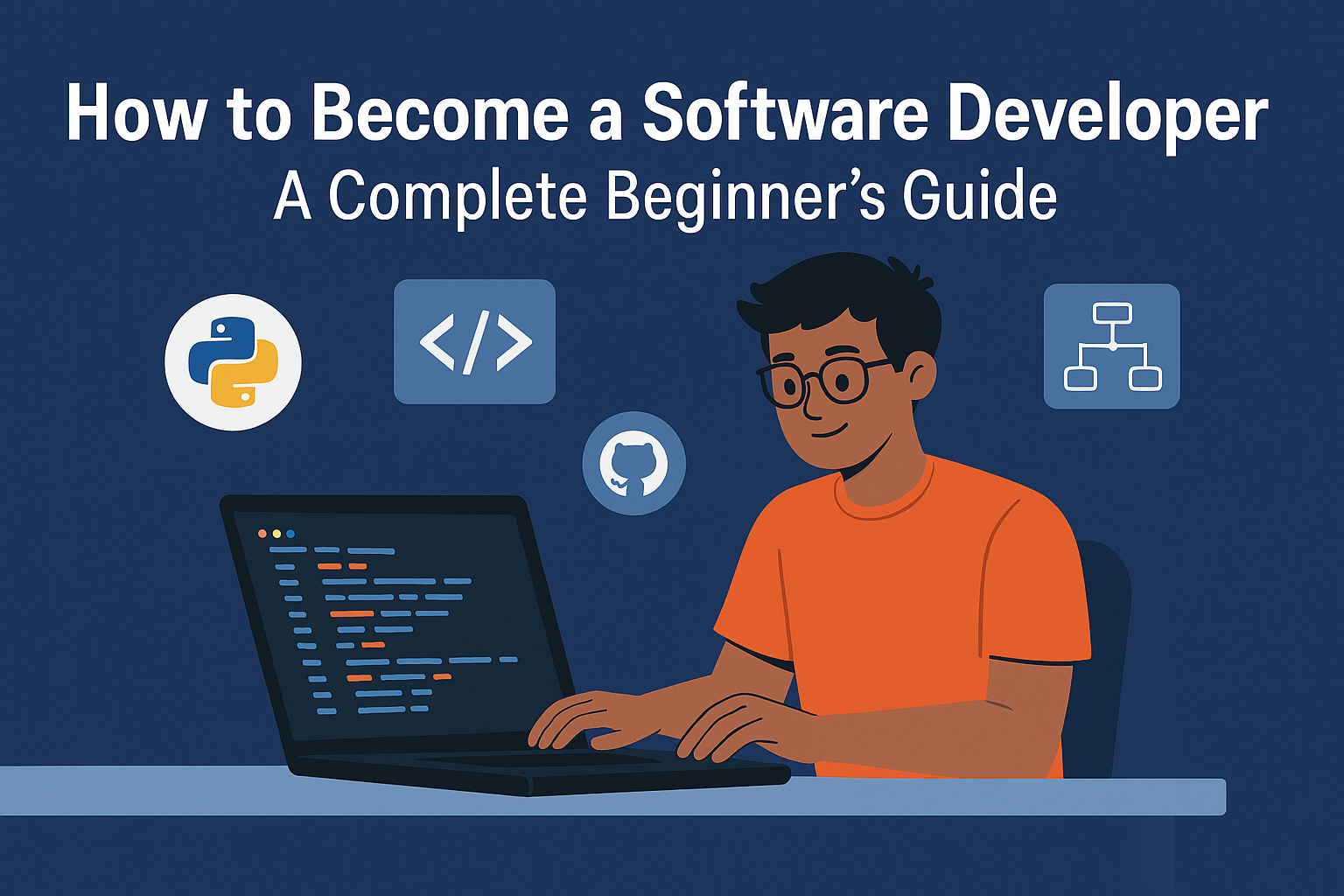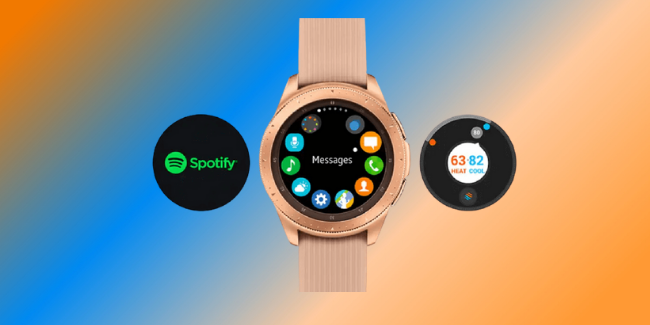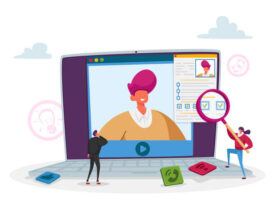Software development is one of the most in-demand and rewarding careers in tech. Whether you’re just starting out or transitioning from another field, the path to becoming a developer involves learning, building, and growing. This guide walks you through each step to help you start your journey confidently.

Step 1: Choose Your First Programming Language
Your journey begins with learning a programming language. Choose one based on your interests and career goals:
- Python – Ideal for beginners, and used in web development, automation, and data science
- JavaScript – A must-know for front-end and back-end web development
- Java – Common in enterprise software and Android app development
- C# – Popular for Windows applications and game development using Unity
- Swift – Best for building iOS and macOS apps
Tip: Start with Python or JavaScript—they are beginner-friendly and widely used in the industry.
Step 2: Learn the Fundamentals of Computer Science
Understanding key computer science concepts builds a strong foundation, even if you’re self-taught.
Focus on learning:
- Data structures and algorithms
- Object-Oriented Programming (OOP)
- Databases and SQL
- Version control systems (Git and GitHub)
- Basics of operating systems and computer networking
Practicing on platforms like LeetCode, HackerRank, and Codewars helps reinforce these skills.
Step 3: Build Real Projects

Hands-on experience is essential to becoming a confident developer. Start with simple projects that solve real problems:
- To-do list app
- Calculator
- Personal blog or portfolio website
- API for managing user data
You can also contribute to open-source projects on GitHub to gain collaborative coding experience and boost your resume.
Step 4: Learn Development Tools and Frameworks
Software development involves using tools and frameworks that speed up development and help manage complexity.
Web Development:
- Frontend: HTML, CSS, JavaScript, React, Angular
- Backend: Node.js, Express, Django, Flask
Mobile Development:
- Flutter, React Native, Swift, Kotlin
DevOps and Cloud:
- Git, Docker, Kubernetes, CI/CD pipelines
- Cloud platforms like AWS, Google Cloud, and Azure
Explore development tools such as Visual Studio Code, Postman, and GitHub Desktop early in your journey.
Step 5: Consider Formal Education and Certifications
Many developers are self-taught, but formal education and certifications can accelerate your growth and improve job prospects.
Options include:
- A bachelor’s degree in Computer Science, Software Engineering, or related fields
- Coding bootcamps that offer practical training in a few months
- Certifications such as:
- Google IT Support Certification
- AWS Certified Developer
- Microsoft Certified: Azure Developer Associate
Step 6: Build a Strong Portfolio
Your portfolio is your proof of skills. It should showcase your best work and highlight your strengths as a developer.
Include:
- A personal website displaying your projects and about section
- GitHub repositories with well-documented and organized code
- Project descriptions that explain your role, tools used, and challenges solved
Consider starting a blog to document your learning journey and share your experiences.
Step 7: Apply for Jobs and Start Networking
Once you’ve built your skills and portfolio, start applying for internships, freelance projects, and entry-level roles.
To improve your chances:
- Create a professional LinkedIn profile
- Join developer communities like Stack Overflow, Reddit, or Discord
- Attend meetups, hackathons, and industry events
- Connect with professionals and ask for informational interviews or referrals
Step 8: Keep Learning and Improving
The tech industry evolves quickly, and continuous learning is essential for long-term success.
Ways to keep learning:
- Follow developer blogs, newsletters, and documentation
- Watch tutorials on YouTube or platforms like Udemy and Coursera
- Take advanced courses in areas like system design, security, or cloud architecture
Ready to Begin?
Becoming a software developer is absolutely achievable with consistency, curiosity, and a willingness to learn. You don’t need to know everything on day one—just take it one step at a time.
Start small. Practice daily. Build things that interest you.
Your journey starts now. Choose your first language, build your first project, and connect with the developer community.
Let’s build your future—one line of code at a time.
[Read More | Web 3.0 Internet Revolution: The Future of the Digital World ]
[Read More | How to Become a Cloud Architect: A Step-by-Step Guide ]







